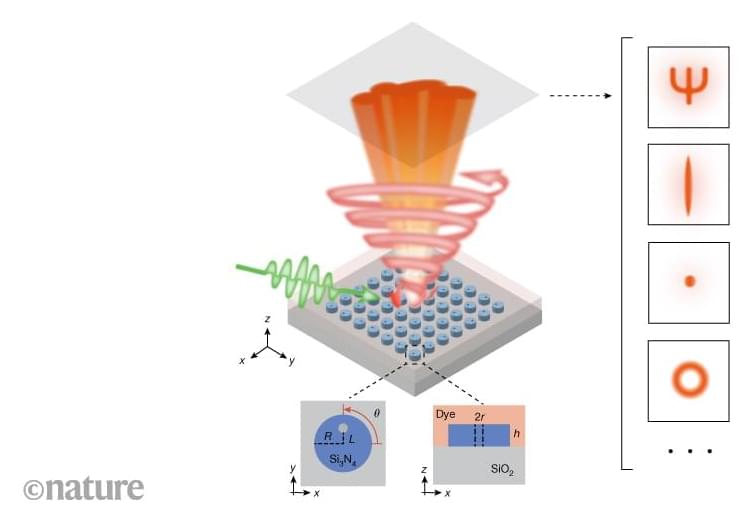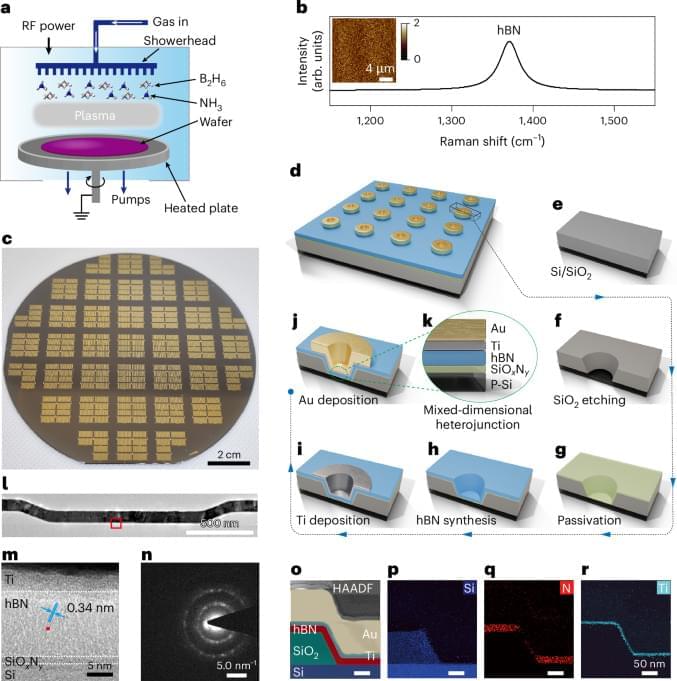Engineers in China unveiled a new generation of brain-like computer that mimics the workings of a macaque monkey’s brain.
Called Darwin Monkey, the system reportedly supports over 2 billion spiking neurons and more than 100 billion synapses, with a neuron count approaching that of a macaque brain.
Reports have revealed that the system consumes approximately 2,000 watts of power under typical operating conditions.








